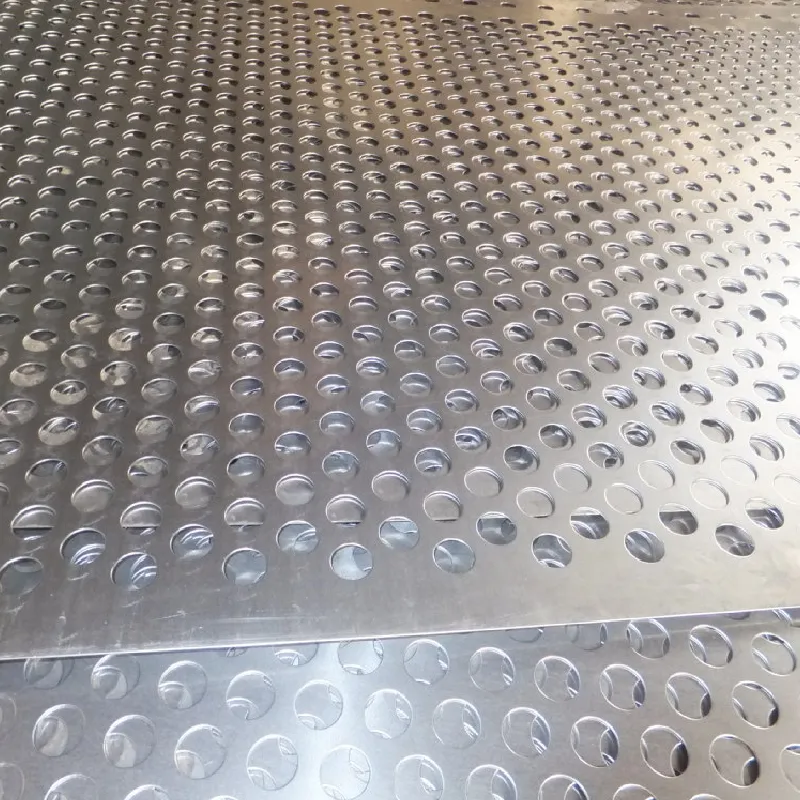The Versatility of Hexagonal Gabions in Modern Construction
Hexagonal gabions, a fascinating innovation in the field of civil engineering and landscaping, have garnered significant attention due to their unique design and functionality. These structures, essentially wire cages filled with stones or other materials, serve a multitude of purposes, ranging from erosion control to decorative landscaping. Their hexagonal shape sets them apart from traditional rectangular gabions, offering enhanced stability and aesthetic appeal.
One of the primary advantages of hexagonal gabions is their effectiveness in erosion control. In many regions, soil erosion can lead to significant issues, such as loss of arable land and increased sedimentation in waterways. Hexagonal gabions can be strategically placed along riverbanks, slopes, and hillsides to protect against these erosive forces. The structure allows for the natural flow of water while providing a solid barrier that holds the soil in place. This method not only enhances the stability of the landscape but also promotes the growth of vegetation, which further aids in soil preservation.
Moreover, hexagonal gabions are highly versatile in design. Their unique shape allows for easy interlocking when stacked, which can create strong, stable walls or structures. This characteristic makes them ideal for various applications, from retaining walls to noise barriers along highways. In residential and commercial landscaping, hexagonal gabions can be used to create attractive garden features, raised flower beds, or even seating areas. Their adaptability to different environmental conditions and aesthetic requirements has made them increasingly popular among architects and landscape designers.
hexagonal gabion
Another significant benefit of hexagonal gabions is their sustainability. Traditionally, the materials used to fill gabions come from locally sourced stones, which reduces the carbon footprint associated with transportation. Additionally, since the structures are made of steel wire mesh coated with materials resistant to corrosion, they can last for decades, minimizing the need for frequent replacements. This longevity aligns with modern sustainability goals, where utilizing durable materials is essential for reducing waste and promoting eco-friendly construction practices.
Hexagonal gabions also perform exceptionally well in terms of cost-effectiveness. Compared to traditional wall or fencing solutions, these structures are relatively inexpensive to construct and maintain. The materials needed are often readily available, and the installation process requires less labor, making it an attractive option for both large-scale projects and smaller, individual applications.
In recent years, hexagonal gabions have found their way into various artistic and architectural projects, pushing the boundaries of conventional design. Artists and designers are incorporating these structures into public spaces, creating unique sculptures and interactive installations that engage the community. The combination of natural materials and innovative design results in visually striking elements that can transform ordinary spaces into extraordinary environments.
In conclusion, hexagonal gabions represent a dynamic and multifaceted solution in the realms of construction, architecture, and landscape design. Their unique shape enhances stability, while their versatility allows for a wide range of applications. Amid growing environmental concerns, they offer a sustainable alternative that promotes eco-friendly practices. As our understanding of sustainable design deepens, the appeal and functionality of hexagonal gabions are likely to continue growing, making them an essential component in the future of construction and landscaping. With their blend of utility and aesthetic potential, hexagonal gabions stand out as a remarkable contribution to modern infrastructure and design.























